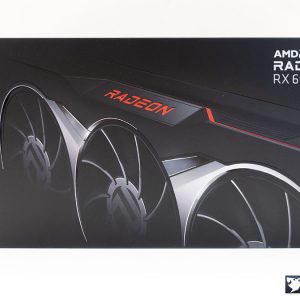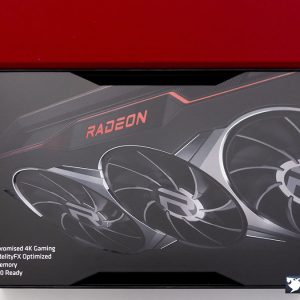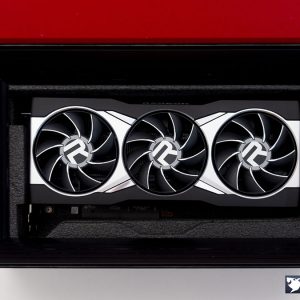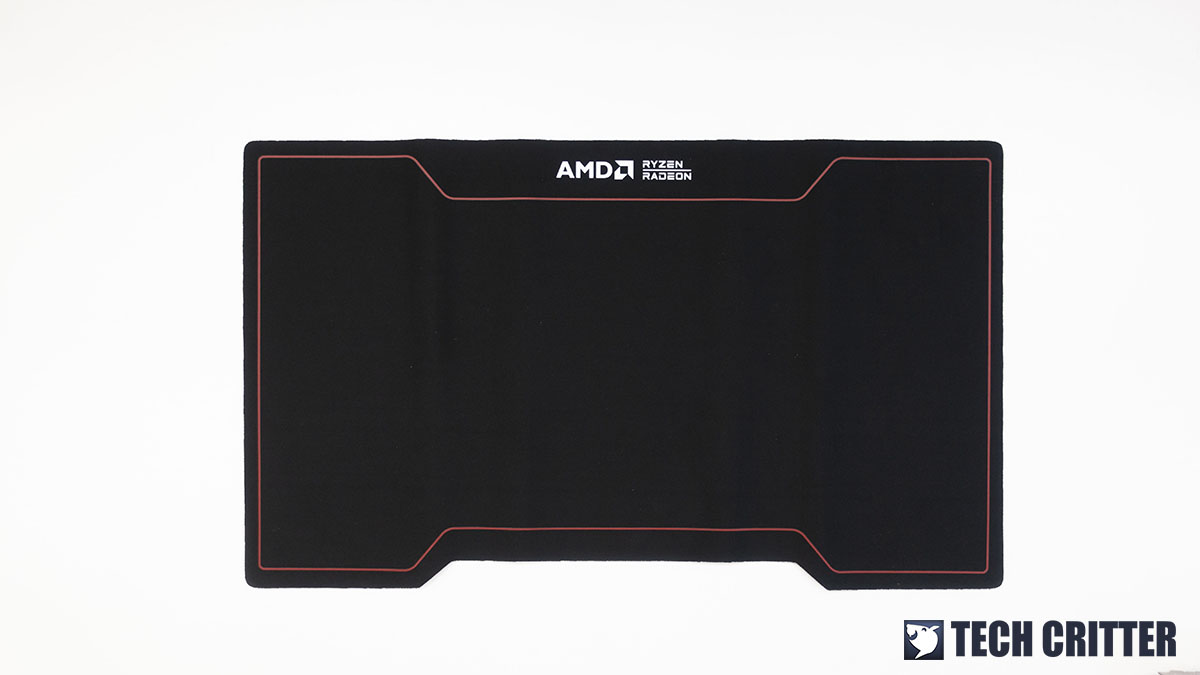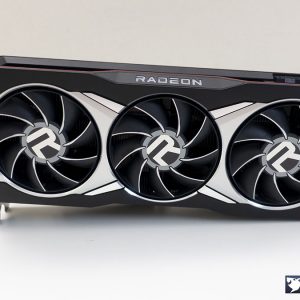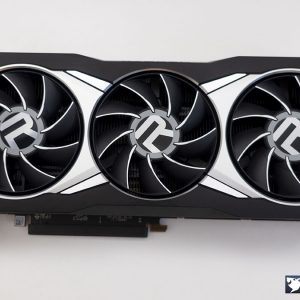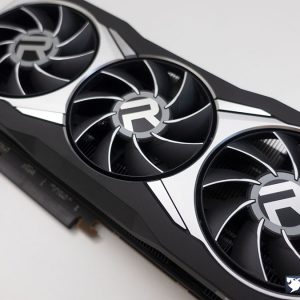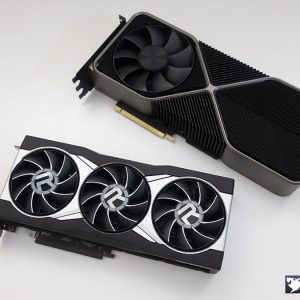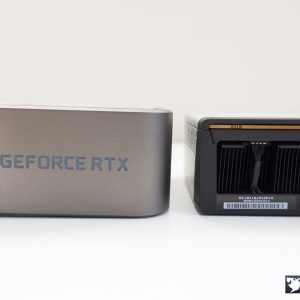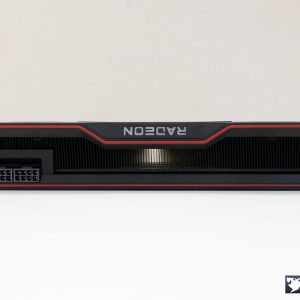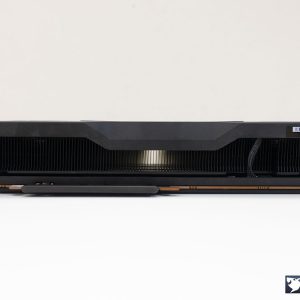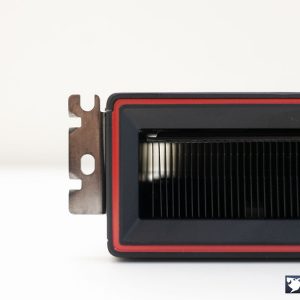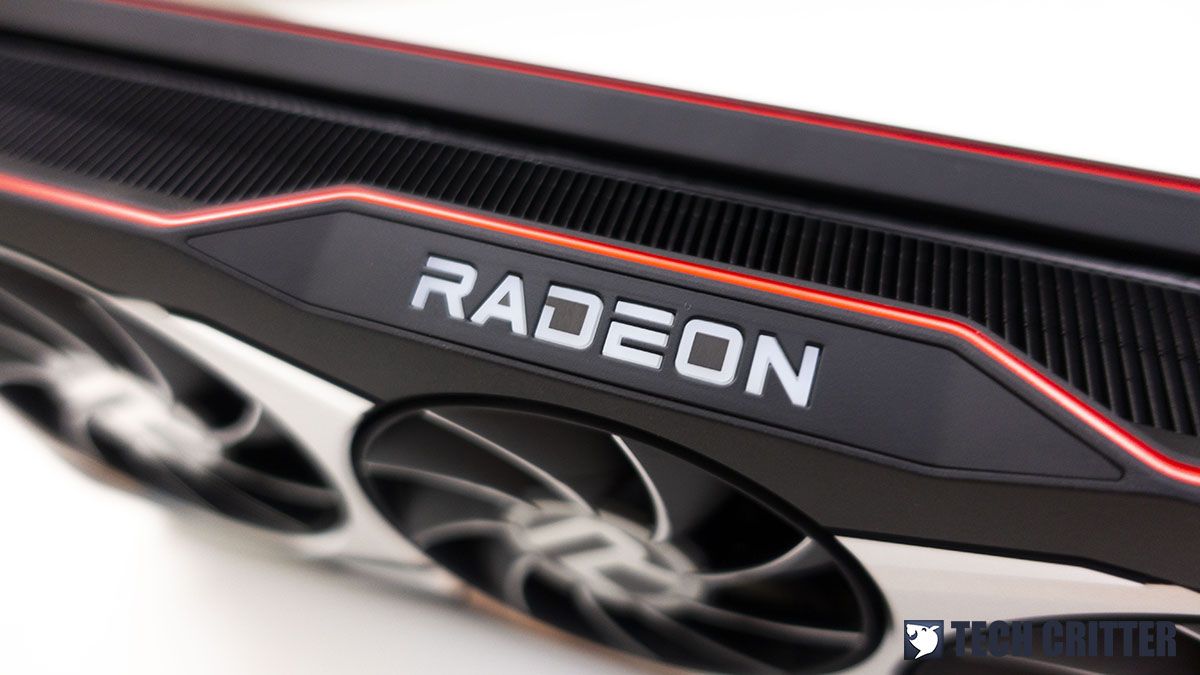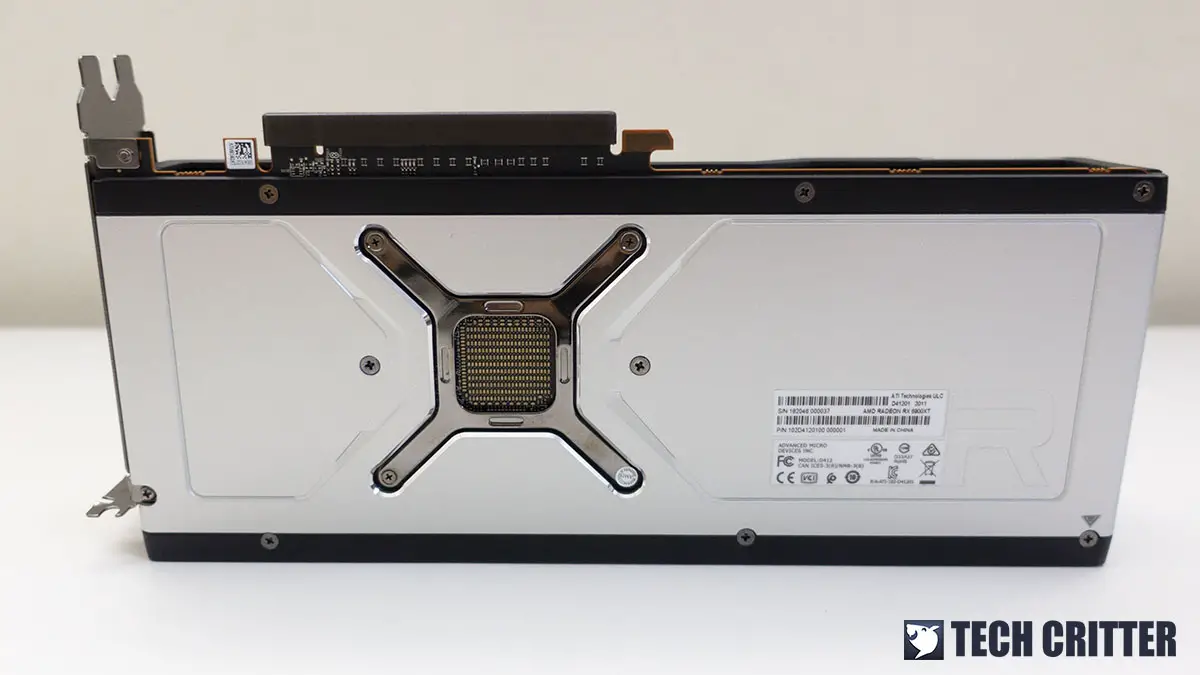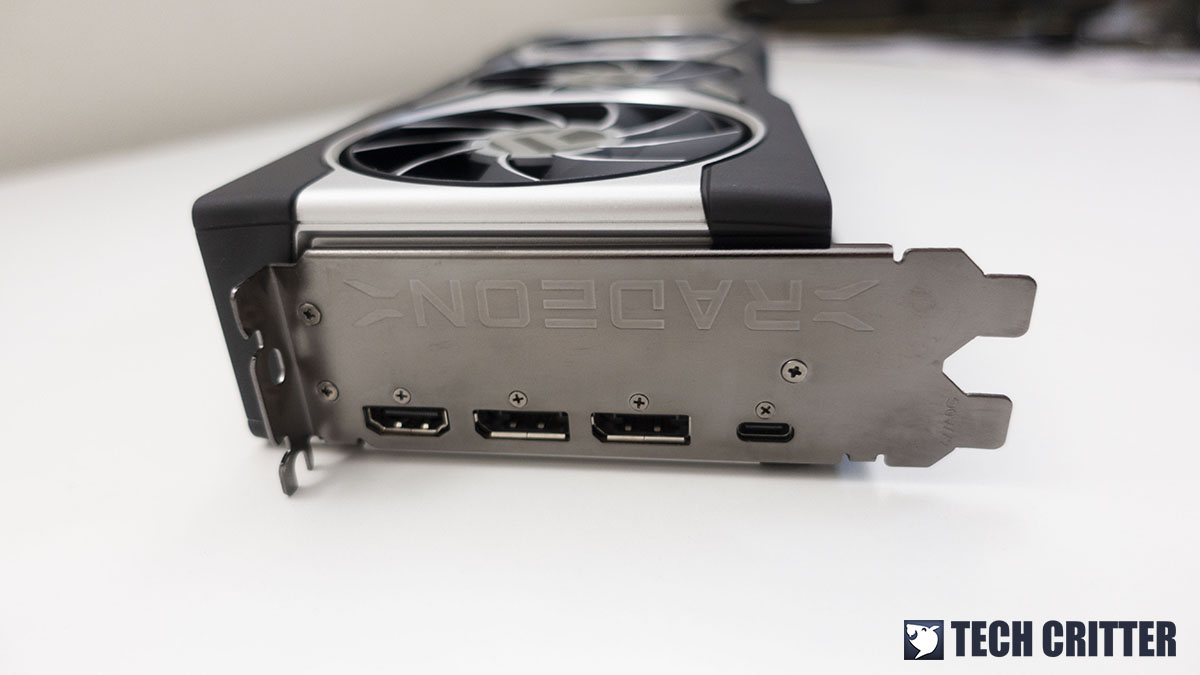AMD has finally stepped up their game with both uplifted performance and ray tracing feature on their latest Radeon RX 6000 graphics cards. While it’s true that it will still take some time before we can see some performance gain on ray tracing as AMD is still working on their own DLSS alternative that will only be available later in 2021, but looking at how the RX 6800 and RX 6800 XT performs, there’s no denying that they’re really catching up with NVIDIA when it comes to the raw performance.
We managed to get our hands on the reference RX 6900 XT this time and we’ll be doing the comparison test which pretty much all the gamers and enthusiasts are looking forward to – how well will the RX 6900 XT go up against the RTX 3090, the current best performing graphics card in the market?
Specifications
| GPU | Radeon RX 6800 | Radeon RX 6800 XT | Radeon RX 6900 XT |
| Shading Units | 3840 | 4608 | 5120 |
| TMUs | 240 | 288 | 320 |
| ROPs | 96 | 128 | 128 |
| Compute Units | 60 | 72 | 80 |
| RT Cores | 60 | 72 | 80 |
| Base Clock | 1700 MHz | 1825 MHz | 1825 MHz |
| Boost Clock | 2105 MHz | 2250 MHz | 2250 MHz |
| Memory Type | GDDR6 | GDDR6 | GDDR6 |
| Memory Size | 16GB | 16GB | 16GB |
| Memory Bus | 256-Bit | 256-Bit | 256-Bit |
| Bandwidth | 512 GB/s | 512 GB/s | 512 GB/s |
| Effective Memory Speed | 16 Gbps | 16 Gbps | 16 Gbps |
| Bus Interface | PCIe 4.0 x 16 | PCIe 4.0 x 16 | PCIe 4.0 x 16 |
| Additional Power Connector | 2 x 8-pin | 2 x 8-pin | 2 x 8-pin |
| TDP | 250W | 300W | 300W |
| Recommended PSU | 650W | 750W | 850W |
Unboxing
Since this is the flagship model in the Radeon RX 6000 series lineup, you can pretty much expect to see a much more premium packaging on the RX 6900 XT. The RX 6900 XT comes in a hard cardboard box that has a much more premium feel as compared to what we’ve seen on the RX 6800.
The RX 6900 XT aside, you’ll also find some extras in the box i.e an R4 profile keycap with a translucent letter ‘R’ on which and a mousepad wrapped around the card. Honestly, it doesn’t really feel anything like premium accessories to me but it’s something that the AMD fans might probably appreciate.
The Radeon RX 6900 XT
Design-wise, the reference RX 6900 XT is equipped with that same triple axial fan cooler that looks almost identical to the RX 6800 XT, which looks like a buffed up version of the previous generation RTX 20 series Founders Edition card. Compared to the rest of the reference Radeon cards I’ve seen in the past, I’d say this is probably the best looking one so far.
In case if you’re wondering about the size of the card, here are some photos we took while for a quick size comparison for both the reference Radeon RX 6900 XT and GeForce RTX 3090 Founders Edition during our unboxing session.
For the dimensions, the reference RX 6900 XT measures 267 mm in length, 120 mm wide, and 50mm z-height. Since it will only take up 2.5 slots of your expansion slots, the will still fit easily inside most of the commonly seen small form factor PC case, minus those super compact ones that are made to challenge the extreme limits of how small a small form factor build can go. As it shares the same design as both the RX 6800 and RX 6800 XT, you can expect the heat from the GPU and onboard components to go directly into your system as compared to a blower-fan cooler design. So… It’s best to make sure that you have good airflow on your system if you’re getting one of these for your next upgrade.
Regardless of brands, fancy RGB lighting is definitely something you will not be seeing on a reference card. The only thing that will light up on the reference RX 6900 XT here is the glowing ‘Radeon’ located on the side of the card. 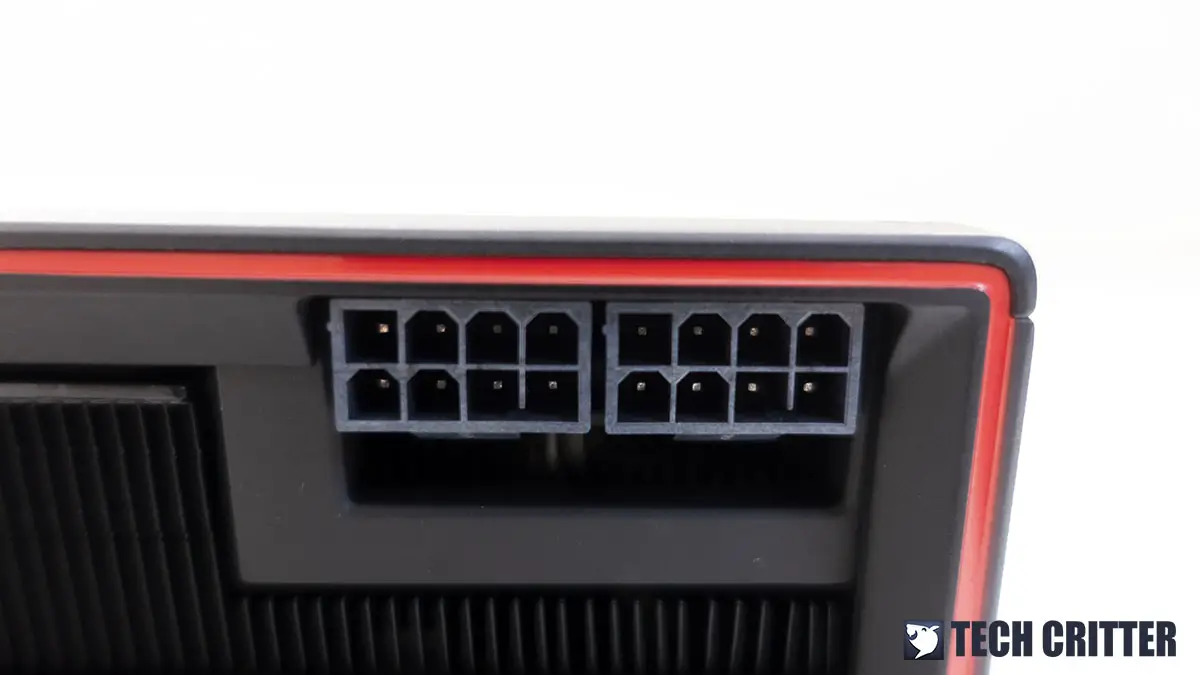
According to the official specifications from AMD, the RX 6900 XT will require an 850W power supply to operate. Unlike NVIDIA’s latest Founders Edition cards, AMD is sticking with the more common PCIe 8-pin connector for its reference cards. As for the positioning of the power connectors, AMD did use this to tease on NVIDIA’s use of the new 12-pin PCIe connector on the RTX 30 series Founders Edition cards for not being cable management friendly.
Since the design is pretty much the same across the RX 6000 series reference cards, you can expect to see the same metal backplate design on the RX 6900 XT, which is part of the full coverage design of the reference cooler. PCB sagging is pretty much out of the question for the RX 6000 series reference card but unlike the RTX 20 series Founders Edition cards, the RX 6000 series reference cards come with a cutout on its backplate, which is probably meant to allow the capacitors to cooldown better.
The display output on the RX 6900 is pretty much the same as the rest of the RX 6000 series reference cards, which is a single HDMI 2.1 port, 2 x DisplayPort 1.4, and a single USB Type-C port. While it’s true that not many are using a display with USB C for input but it’s still a good inclusion nevertheless, as it also functions as a normal USB C port and you can use it for your USB C devices without any issue.
Test System Setup
The test is done using the following setup under an ambient temperature of 30°C:
| CPU | Ryzen 9 5800X |
| Motherboard | MSI MEG X570 GODLIKE |
| Memory | XPG Spectrix D60G DDR4-3600 CL14 |
| Graphics Card | AMD Radeon RX 6900 XT / NVIDIA GeForce RTX 3090 Founders Edition |
| Power Supply | Cooler Master V1200 Platinum |
| Primary Storage | Corsair Force Series Gen.4 PCIe MP600 2TB |
| Secondary Storage | WD Black 6TB |
| CPU Cooler | Cooler Master MasterLiquid ML360R RGB |
| Chassis | Streacom BC1 Open Benchtable |
| Operating System | Windows 10 64bit |
The test is done separately for games that support both DirectX 11 and DirectX 12 at the resolution of 1920×1080, 2560×1440, and 3840×2160. We’ve also separated the test result for ray tracing performance, as well as performance on both Intel and AMD platforms for easier navigation.
Raw Performance Comparison
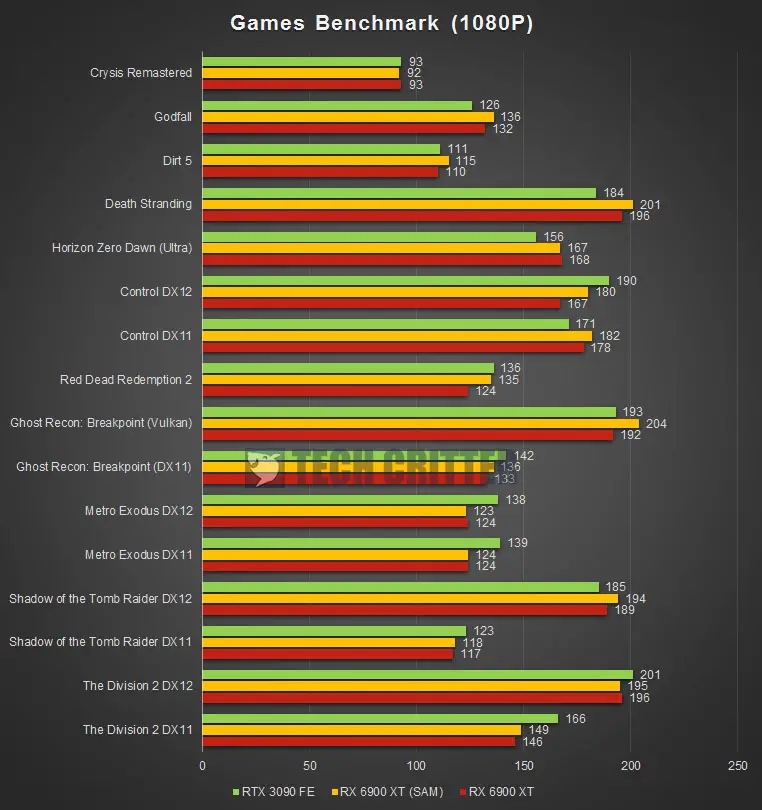
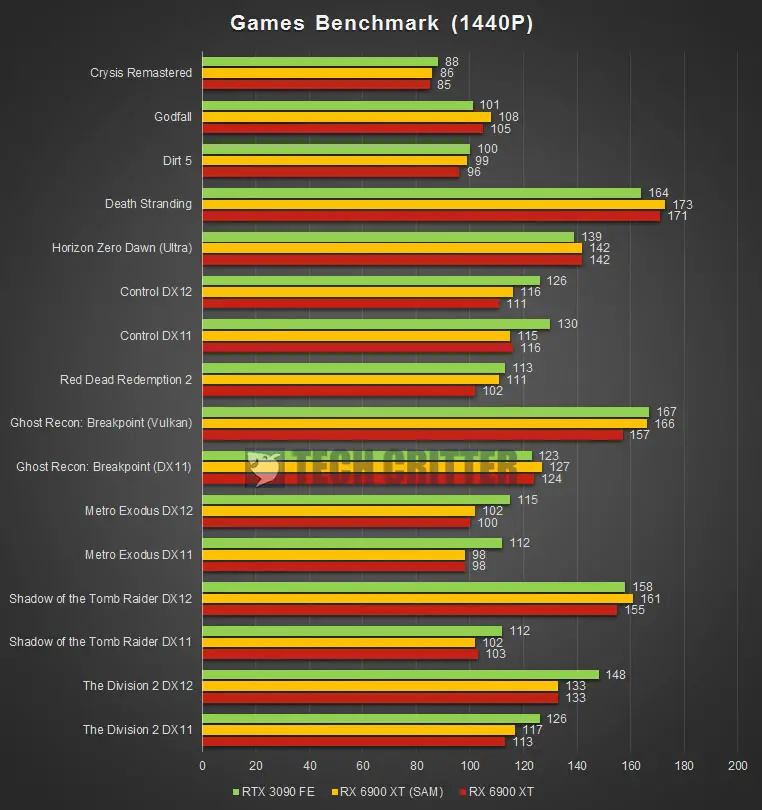
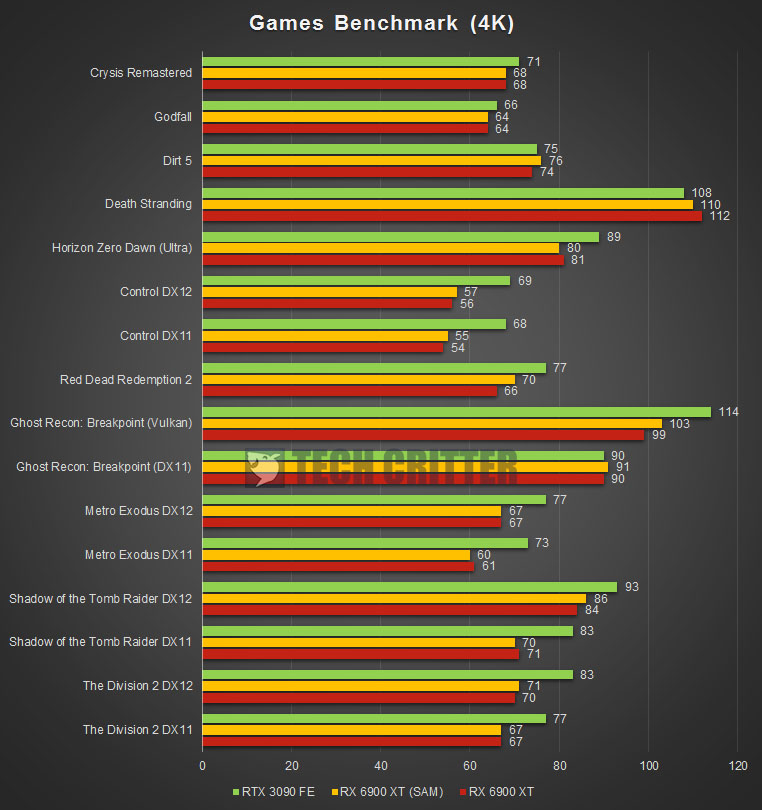
Looking at the performance numbers here, we can see that the RX 6900 XT is surprisingly powerful even without having to enable the Smart Access Memory feature or SAM for short. It managed to better than the RTX 3090 on quite a few titles and enabling SAM will definitely give you that extra performance gain in supported games. For 1080P and 1440P, the RX 6900 XT can almost take the RTX 3090 head one if SAM is enabled, but as soon as we scale up to 4K, the RTX 3090 easily takes the lead up to 20% difference. Enabling SAM doesn’t really help much and 4K is pretty much the highest the RTX 6900 XT can go.
Ray Tracing Performance Comparison
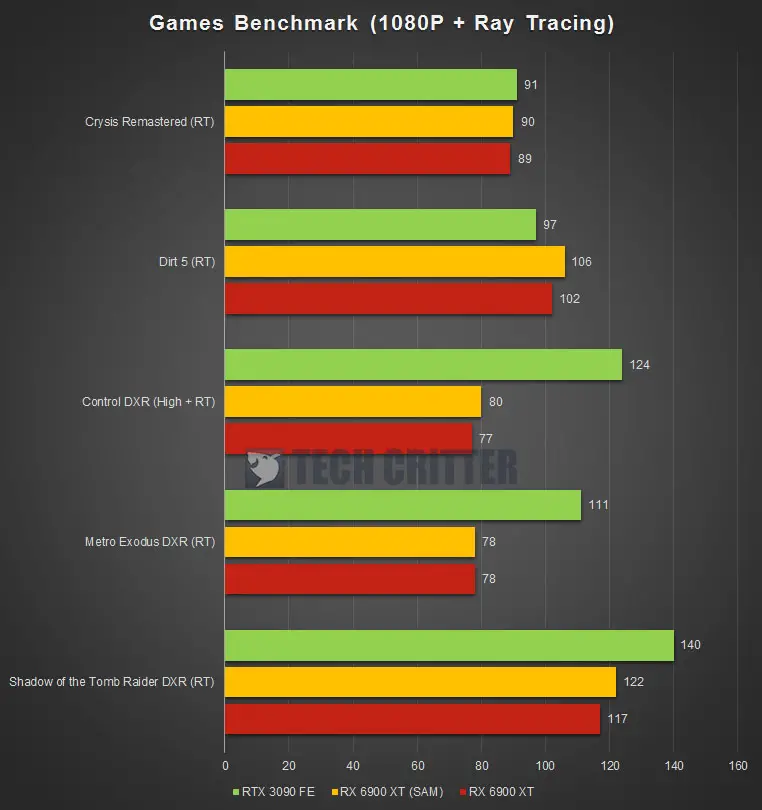
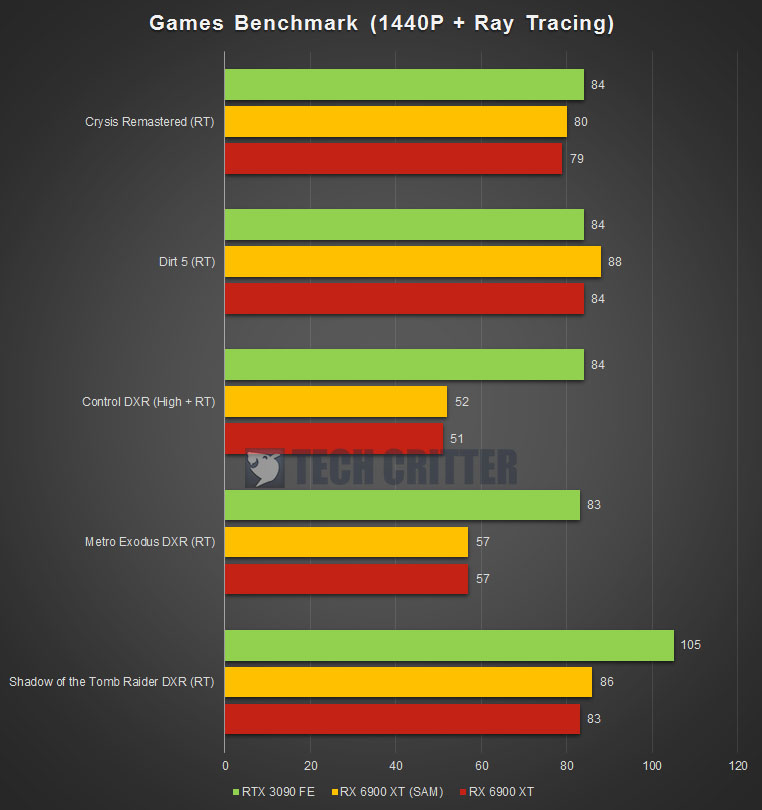
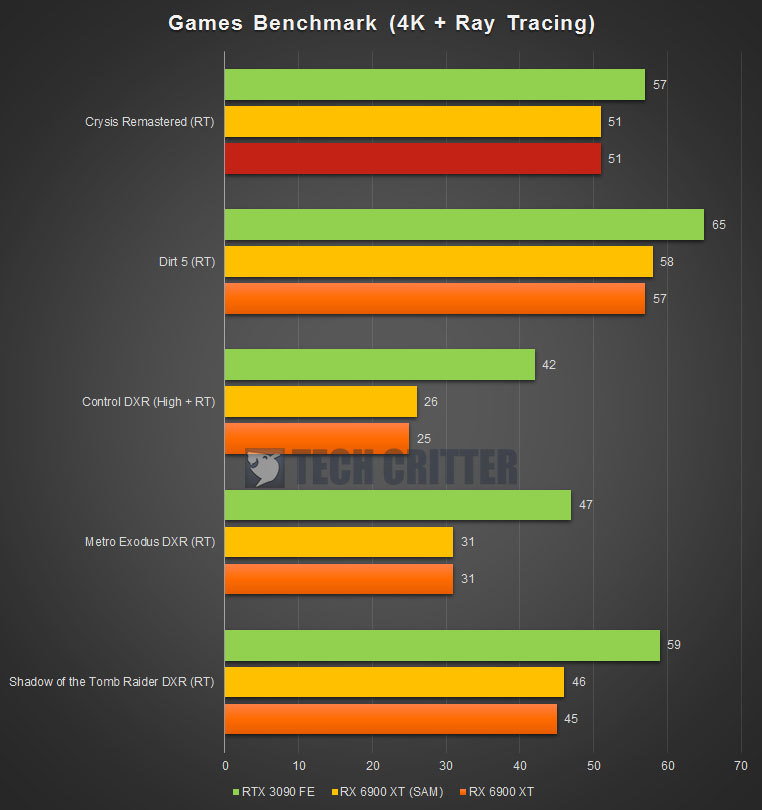
For the ray tracing performance, the RX 6900 XT is definitely way more powerful than both the RX 6800 and RX 6800 XT, but that’s only for 1080P and 1440P. Having ray tracing enabled on 4K is still too much for the RX 6900 XT to handle and the lack of features like DLSS clearly put AMD at disadvantage as of now. You’ll have to wait for AMD to release their own DLSS alternative before you can actually enjoy 4K ray tracing on the RX 6900 XT, but we’re really looking forward to seeing what AMD has to offer when the time comes.
Temperature & Power Draw
We’ve also compared the thermal performance and power draw for both the RX 6900 XT and RTX 3090 Founders Edition to see how hot the GPU will get and how much power is it drawing under load.
| Radeon RX 6900 XT | GeForce RTX 3090 Founders Edition | |
| Idle Temp. | 46°C | 40°C |
| Load Temp. | 82°C | 70°C |
| Power Draw | 255W | 350W |
Temperature-wise, the highest temperature recorded on the RX 6900 XT is at 82°C, slightly higher than the 80°C on the RX 6800, which is still impressive enough if we look at how much performance it can deliver. For gaming purposes, the RX 6900 XT hardly hit 80°C even after long hours of gaming sessions but one thing worth taking note of is that the hotspot temperature still looking pretty high at 86°C for gaming even though it’s way much better now as compared to the previous generation RX 5000 series cards.
As for the power draw, while the RX 6900 XT is drawing way less power as compared to the RTX 3090, we noticed that it’s actually something our 5 year old Cooler Master V1200 power supply cannot handle. Our test system will just switch off by itself whenever we try to run a game or GPU benchmark app and the only way to deal with this situation is to swap in a new power supply. For our case, we swapped the old V1200 Platinum with a brand new V1200 Platinum and we managed to complete all the tests and games benchmark without any crashes.
Final Thoughts
While it’s true that the RX 6900 XT is almost as capable as the RTX 3090, but that’s only when Smart Access Memory is enabled. With SAM currently being a feature that is only available on the latest Ryzen 5000 series CPU and AMD 500 series chipset motherboard, users who are still using the previous generation hardware will not be able to make use of this feature to gain some extra performance in games.
Ray tracing performance on the RX 6900 XT is still lacking as compared to the RTX 3090 due to the lack of dedicated hardware like the RT and Tensor cores on NVIDIA’s Turing and Ampere GPUs to handle the ray tracing and AI workload, but it’s still more than capable enough to handle ray tracing on 1080P and 1440P while still being able to deliver a smooth and playable frame rate. If you prefer to game on 4K with the RX 6900 XT, well, you’ll have to give up on ray tracing for now, not until AMD finally releases their DLSS alternative later in 2021.
Similar to what we’ve seen on the RX 6800, thermal performance has greatly improved and the RX 6900 XT isn’t as scorching hot as compared to the previous generation RX 5000 series cards. If you’re still not comfortable with the 80°C+ range GPU temperature, you can wait for the upcoming design from the board partners like Sapphire, XFX, ASUS, MSI, Gigabyte, etc which will definitely have their own custom cooler that will perform better than this.
Our only concern right now with the RX 6900 XT is probably the power supply requirement because of what we’ve experienced during our test. It could just be an issue with our sample here but we recommend getting a brand new power supply if you have an aged power supply as we do and planning to get yourself an RX 6900 XT for your next upgrade, just to be safe. Power supply and wine aren’t the same, they don’t age well.
With that being said, the RX 6900 XT isn’t exactly the RTX 3090 killer as some claimed (just yet maybe) but there’s still no denying that it’s one of the best performing graphics cards that can go almost on part with the RTX 3090 in terms of raw performance but cost $500 less. For those who are already using the latest Ryzen 5000 series CPU and AMD 500 series chipset motherboards, the RX 6900 XT is definitely a better value if ray tracing isn’t really your thing since the beginning.
Pros
- Surprisingly quiet operation
- Solid build quality
- Runs cooler than its predecessors
- Comes with USB Type-C port
- Support ray tracing feature
- Support for PCIe 4.0
- Can perform almost as good as the RTX 3090
- Reasonable price for the raw performance it can deliver
Cons
- All the heat is being released into your system
- Lacks DLSS to enable ray tracing games to run at better frame rates as of now
- Ray tracing performance is still falling behind
- Smart Access Memory can only be enabled with Ryzen 5000 CPUs and AMD 500 series chipset motherboards
Subjective
- Surprisingly taxing on older power supplies

